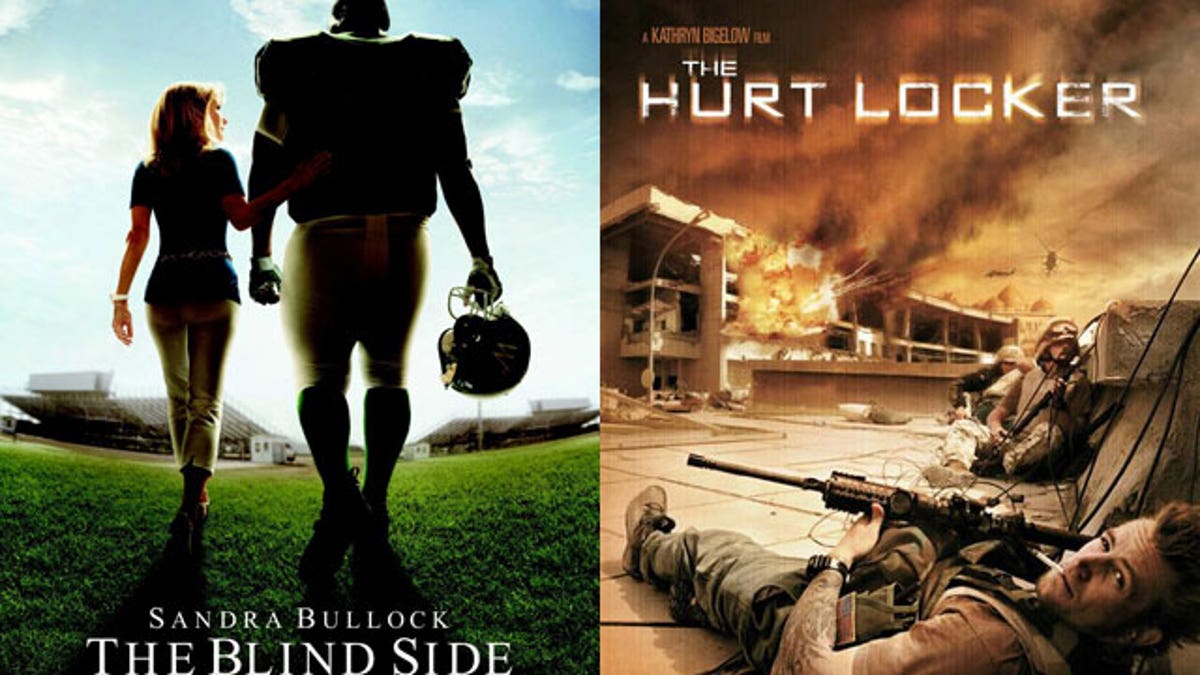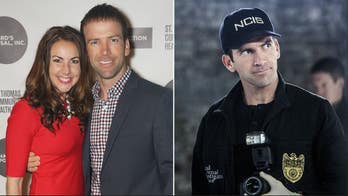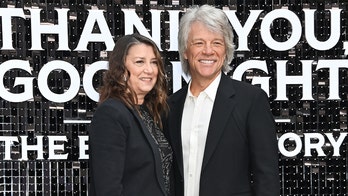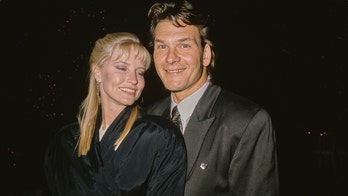
A week before Sandra Bullock was in the headlines for her husband's surprising taste in other women, Bullock herself had surprised Hollywood with her big upset Oscar win.
Her Academy Award for Best Actress wasn't surprising for any lack of talent – but because the character she played in “The Blind Side,” a version of the real-life Leigh Anne Tuohy, was one of Hollywood’s least-seen heroic characters: A butt-kicking Southern lady with deep religious values who happens to own a gun.
That’s a character that often ends up as a figure of fun in films, something “Blind Side” screenwriter and director John Lee Hancock knew ahead of time.
Still, it didn’t worry him.
“The fact that Leigh Anne Tuohy is a strong Christian woman I never thought could be objectionable or a plus or anything,” he told Fox411. “I’d have been disingenuous to leave it out.”
But, he adds, he recognizes that she’s an anomaly. “Hollywood – from a convenience and laziness standpoint – tends to stereotype a lot. Whether it’s a New York taxi driver or a blond Southern woman, they say, ‘Here’s the box they’re in,’ and go. It’s just lazy.”
So the question is, now that box office receipts (“Blind Side” has earned nearly ten times its $29 million budget) and Oscar agree on the film’s success, does that mean such fare -- which turns an empathetic, rather than an ironic, eye on what are considered by many to be conservative values and lifestyles – will start getting more attention, and green lights, in Hollywood?
Producer Christine Peters, who has worked on such films as “How to Lose a Guy in 10 Days” and who is currently working on a Julia Roberts-starring film called “Friday Night Knitting Club,” says she’s already seen “more heat” on her film, thanks to “Blind Side’s” success.
“This is a film about women dealing with relationships and raising their kids,” she says. “I already see more ‘real’ stories getting attention because they’re understanding, and people want to identify with them. It’s inspiring to see someone go through the story of ‘Blind Side,’ with that uplifting, happy ending.”
But while many feel “Blind Side” will have an impact on the industry – “people in Hollywood are notoriously reflexive, and if they see something work they will try and replicate a formula,” says Cinetic Media’s John Sloss, who works on film campaigns and assists in finding financing for features – it’s hard to say the catalyst is any particular conservative element of the film.
“‘Blind Side’ ‘happened,’ and it’s no different than when a film like ‘E.T’ or ‘Driving Miss Daisy’ or ‘Forrest Gump’ opened,” says Tom Bernard, co-president, Sony Pictures Classics. “They’re not $100 million dollar movies that were expected to do well. Something about this film just connected to the culture of this moment in time.”
And, he adds, “Duplicating that formula usually doesn’t work. These stories are unique in the way they’re told, and that has to do with the way the director puts them together and the combination of actors, and so forth.”
Another film tweaking conservative experts is “Hurt Locker,” which won an Oscar for Best Picture. It appears to be the first film based on the Iraq war that satisfies both sides of the political aisle – neither hawkish nor finding fault with America’s role. Yet, even that film hasn’t been able to drum up good business.
According to Adam Ishaeik, CEO of Integrated Cinema Consultants, which works with filmmakers to ensure accuracy in war-based films, “People are tired of being preached at and being made to think there’s something wrong with being American [in films]. The sentiment in the scripts we’re reading now is it’s time to move on to the next chapter of American history.”
War films during wartime rarely do particularly well, notes Phil Hall, author of “The History of Independent Cinema,” so it’s no surprise that even “Hurt Locker” can’t pull in viewers.
“Vietnam films that worked happened when the country became comfortable with reconciling the war and its aftermath,” he says. “That will probably happen when the troops are home from Iraq and Afghanistan and we see what all of this meant and what we can learn from it.”
Still, what both “Blind Side” and “Hurt Locker” have in common is that their various successes are being used to underscore the perception that Hollywood wants to promote a liberal agenda. But Ishaeik, like many others in the business, says the real motivation in Hollywood is far more basic, and capitalistic.
“A lot of the artists making films have a liberal slant, but the bottom line is films will be made that make the most money,” he says, echoing a sentiment made by many others for this article. “If it’s not going to make the studios any money, they’re going to drop that content.”
“Blind Side” was passed up initially by more than one studio, recalls Hancock – but not because of the religious, conservative family at its core. Instead, it’s a fact of modern-day distribution and dollars: These days, a successful box office run for a film must attract a significant amount of revenue from overseas (Hancock believes it’s over 75 percent), and neither racially-charged nor American football films do well in foreign countries.
Which seems to mean that Hollywood’s more likely to make more films about religious families than ones about football in the coming months.
But take it from the source – Hancock says, “In almost 20 years in Hollywood, I’ve never had a discussion with the creative people or the suits about politicizing a script.”
He has, however, had discussions with interviewers who naturally assumed that it was Bullock’s character that was the sticking point. “I tell them the studios were concerned about the sports of it,” he says. “That defeats [the interviewers] a bit; they keep saying they think the big bad studio guys were against this – and I say, ‘It never came up. I don’t know what to tell you.’ ”






